What is the best substitute for Accent Seasoning?
If you’re looking for a substitute for Accent seasoning (MSG) in your recipes, there are several alternatives that can add a similar savory umami flavor to your dishes. Here are a few options: Soy Sauce, Mushrooms, Nutritional Yeast, Fish Sauce, Parmesan Cheese, Anchovy Paste, Spices, Salt, Fresh Herbs, Broth/Stock.
Experiment with these alternatives depending on the type of cuisine and the specific dish you’re preparing. Each of them brings a unique umami element to your recipes, allowing you to achieve that savory flavor without using Accent seasoning.
What is Accent Seasoning?
Accent seasoning, also known as monosodium glutamate (MSG), is a flavor enhancer commonly used in cooking. It’s a fine white powder that can be added to various dishes to boost their savory, umami taste. While it has been a topic of debate due to concerns about potential health effects, it’s generally recognized as safe when used in moderation. However, if you’re looking for alternatives or substitutes, you can experiment with natural umami-rich ingredients like mushrooms, soy sauce, or nutritional yeast, depending on the specific recipe. These can impart a similar savory flavor without the use of MSG.
The history of monosodium glutamate (MSG) is quite interesting. MSG is a sodium salt of glutamic acid, which is a naturally occurring amino acid found in various foods. Here’s a few fun facts about MSG.
- In 1908 MSG was first isolated and identified by Japanese chemist Kikunae Ikeda. He realised that a specific taste in seaweed broth, which the Japanese called “umami,” was due to the presence of glutamate. This marked the discovery of the fifth basic taste, alongside sweet, sour, salty, and bitter.
- In 1909, Ikeda patented a method to produce MSG from seaweed, and he began mass-producing it. This marked the birth of commercial MSG production.
- MSG’s popularity grew not only in Japan but worldwide as a flavor enhancer. It became especially popular in Asian cuisine, where it’s commonly used to enhance the savory, umami taste of various dishes.
- Over the years, MSG has faced controversy, with some people reporting symptoms like headaches, known as the “Chinese Restaurant Syndrome.” However, scientific research has not consistently supported these claims. MSG is generally recognized as safe by regulatory bodies like the FDA when used in reasonable quantities.
Today, MSG is used in a variety of processed and restaurant foods, and it’s considered a valuable ingredient for enhancing flavors in cooking.
Okay, before we look at your Accent seasoning substitute options, let’s deal with that empty cupboard situation!
Where can I buy Accent Seasoning?
If you want to be more prepared and ensure you don’t run out of Accent Seasoning, then you should stock up now.
Now Accent Seasoning can be quite difficult to find in-store, so we thought you would like this handy link. Why not jump on and place your order today.
STOCK UP NOW!
A great seasoning that adds flavor to your food. Use in meat and chicken dishes.
Accent is an all-natural flavor enhancer.
What can I substitute for Accent Seasoning?
Here are some of the best ingredients to substitute the flavor and role that Accent seasoning provides in your recipes.
- Soy Sauce
- Mushrooms
- Nutritional Yeast
- Fish Sauce
- Parmesan Cheese
- Anchovy Paste
- Spices
- Salt
- Fresh Herbs
- Broth/Stock
Accent Seasoning (MSG) substitutes
Soy Sauce
Using soy sauce as a substitute for Accent seasoning (MSG) is a great way to add umami flavor to your dishes.
Alway start by using a small amount of soy sauce to replace the Accent seasoning. The exact quantity will depend on your recipe and personal taste. You can always add more if needed, but it’s difficult to reduce the saltiness once it’s added.
We recommend that as you cook, you taste your dish periodically to ensure you achieve the desired umami flavor. As soy sauce is saltier than Accent seasoning, it’s crucial to monitor the salt level in your recipe.
If you’re concerned about the salt content, you can always opt for low-sodium soy sauce. It will provide the umami flavor without making your dish overly salty.
Just remember that you might need to adjust other salty components like regular salt or broth in your recipe. And be mindful of the overall sodium content to help maintain a balanced flavor.
Soy sauce has its own unique flavor profile, so consider how it complements other ingredients in your dish. It works well in Asian-inspired recipes but can also be a surprising addition in non-Asian dishes for a fusion of flavors.
By following these tips, you can effectively substitute soy sauce for Accent seasoning while adding a rich umami flavor to your recipes.

Mushrooms
Using mushrooms as a substitute for Accent seasoning (MSG) is an excellent way to naturally enhance the umami flavor in your dishes.
Opt for umami-rich mushrooms like shiitake, porcini, or cremini. All of these varieties have a more pronounced umami taste.
If you are using dried mushrooms remember they will have a concentrated flavor. You can rehydrate them by soaking them in warm water and then use the mushroom-infused water in your recipes. This liquid is incredibly flavorful and can be a great base for soups, stews, and sauces.
You can also sauté or roast fresh mushrooms to intensify their umami flavor. You can then add them to your recipes as a topping or incorporate them into sauces and gravies.
If you have time you can try making mushroom powder by drying and grinding mushrooms into a fine powder. This powder can then be sprinkled into dishes to impart a subtle, earthy umami taste.
Why not add mushrooms to homemade broths or stocks. As they simmer, the mushrooms will release their savory essence into the liquid, enhancing the overall umami profile.
Mushrooms can also be blended into sauces and gravies, providing both flavor and a creamy texture. This is especially useful in recipes like mushroom cream sauces or gravies.
Remember that the type and amount of mushrooms you use will impact the flavor, so you may need to adjust the quantity based on your personal taste and the specific dish you’re preparing. Mushrooms provide a natural and delicious way to enhance umami in your recipes while maintaining a wholesome and flavorful profile.
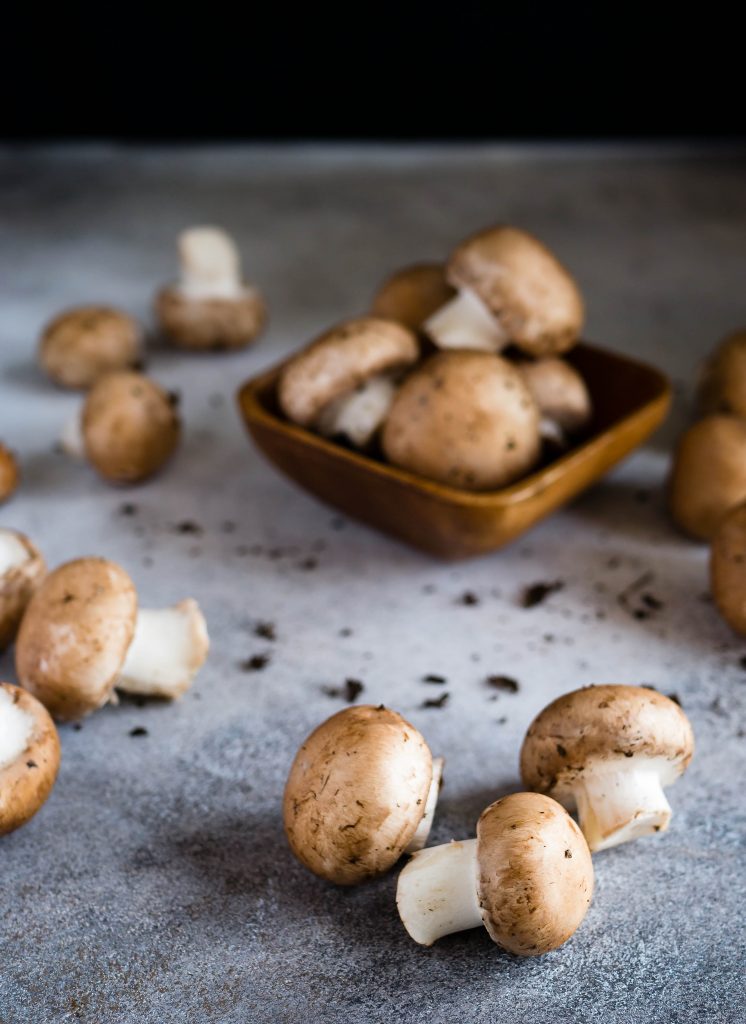
Nutritional Yeast
Nutritional yeast is a fantastic substitute for Accent seasoning (MSG) that adds a cheesy and nutty umami flavor to your dishes.
It is often used as a topping or seasoning that you can simply sprinkle directly onto your dishes. Think of dishes like popcorn, roasted vegetables, pasta, or salads, something that will benefit from the cheesy umami kick.
Nutritional yeast is a key ingredient in vegan cheese sauces. It can be used to create creamy, cheese-like sauces for dishes such as macaroni and cheese, nachos, or casseroles.
Or you could add a couple of tablespoons of nutritional yeast to soups, stews, and broths to deepen the umami flavor. It works particularly well in vegetable soups and vegan broths.
You can also mix nutritional yeast with ground nuts (like almonds or cashews) and a bit of salt to create a vegan Parmesan cheese substitute. It’s perfect for sprinkling on top of pasta or pizza.
Or you can incorporate nutritional yeast into savory baked goods like bread, crackers, or muffins to infuse them with a cheesy flavor.
Nutritional yeast can be blended into salad dressings or dips to give them a creamy, umami depth.
Rememebr using nutritional yeast will inntensify flavors, so start with a small amount and adjust to your taste. It can quickly add a rich umami taste, so a little goes a long way.
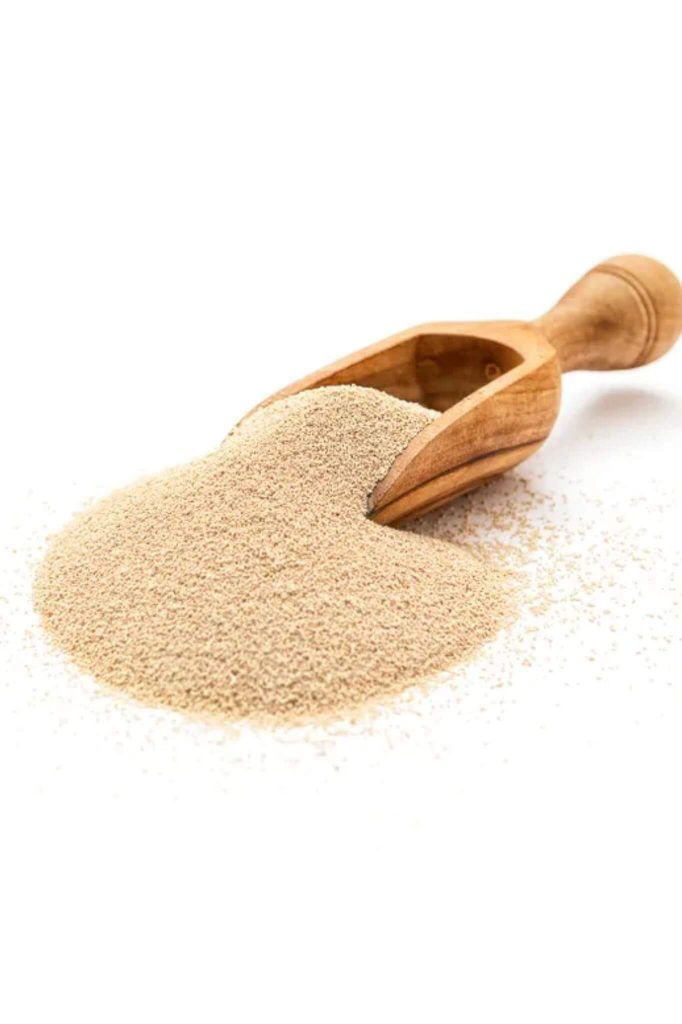
Fish Sauce
Fish sauce is a potent and flavorful substitute for Accent seasoning (MSG), particularly in recipes that require a strong umami punch.
It is a staple in Southeast Asian cuisine ans is regularly used in dishes like Thai curries, Vietnamese pho, or stir-fries to bring an authentic umami flavor.
Add a small amount of fish sauce to marinades for meats or tofu. It’s especially effective in grilled or stir-fried dishes. You can also try including it in dipping sauces for spring rolls or grilled seafood.
Fish sauce can enhance the umami profile of soups and broths, such as miso soup or ramen. Use it sparingly and adjust the quantity to your taste.
You can also incorporate fish sauce in stir-fry and noodle dishes. Its depth of flavor pairs well with vegetables, proteins, and noodles.
Fish sauce can help balance the sweetness in certain dishes. For example, in a sweet and sour sauce, a touch of fish sauce can provide depth and complexity.
For recipes that call for meat or fish seasoning, you can often substitute Accent seasoning with fish sauce. It complements the flavors and enhances the overall taste.
Remember that fish sauce is quite salty, so it’s crucial to start with a small amount and taste as you go. You can always add more if needed but be cautious not to over-salt your dish.
Fish sauce can be a delicious way to substitute for Accent seasoning and provide a distinctive taste to your food creations, especially in dishes with an Asian influence.
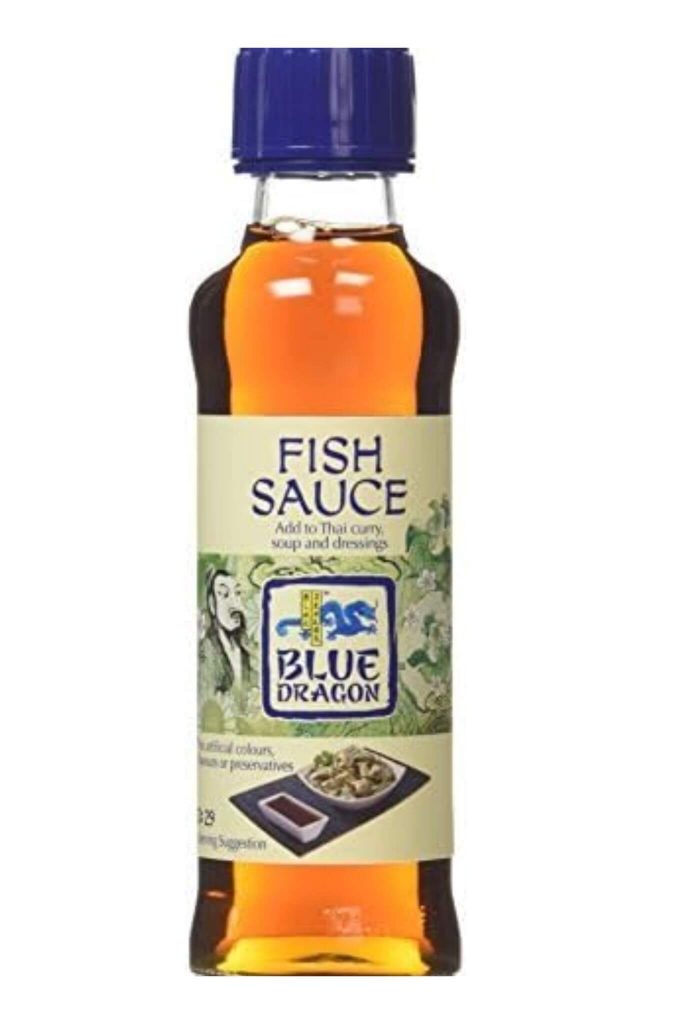
Parmesan Cheese
Parmesan cheese can be an excellent substitute for Accent seasoning (MSG) when you want to add a rich, savory, and cheesy umami flavor to your dishes.
Simply sprinkle grated Parmesan cheese on top of dishes like pasta, risotto, soups, salads, and roasted vegetables. It adds a burst of umami and a delightful cheesy flavor.
When making sauces, use Parmesan cheese as a key ingredient in creamy pasta sauces. You can create Alfredo or carbonara-style sauces by melting Parmesan into cream or butter.
Incorporate grated Parmesan into savory baked goods like bread, crackers, or muffins. It adds a cheesy depth to these treats.
Create a savory condiment by mixing grated Parmesan with olive oil. Use this mixture as a drizzle for pizza, pasta, or as a dip for crusty bread.
Parmesan cheese is a classic addition to risotto. It not only contributes to the creamy texture but also enhances the overall flavor.
You can also mix grated Parmesan with herbs and spices to create your own seasoning blends. You can use these blends on a variety of dishes to add a unique umami twist.
And why not combine Parmesan cheese with fresh herbs like basil or rosemary as these can elevate the umami and create a delicious herbal fusion in your dishes.
Remember that Parmesan cheese is quite salty, so be mindful of the overall salt content in your recipes when using it as a substitute. Parmesan cheese is a versatile ingredient that can add a delightful umami dimension to your food creations, especially in Italian and Mediterranean-inspired dishes.

Anchovy Paste
Anchovy paste is a handy ingredient often used in cooking to add a depth of flavor to various dishes. It’s made from ground anchovies, those tiny, oily fish known for their intense, salty taste. You can find it in tubes or small jars at most grocery stores. Anchovy paste is versatile and can be used in salad dressings, pasta sauces, or even as a pizza topping. It’s fantastic for giving umami richness to your recipes, but be cautious because it’s quite salty, so a little goes a long way.
Start by adding a small amount of anchovy paste to pasta sauces like marinara or puttanesca. It dissolves into the sauce, providing a savory depth without a strong fishy taste.
Or you can incorporate anchovy paste into salad dressings, particularly great for Caesar salads. It adds a distinctive umami flavor to the dressing.
Use anchovy paste to season roasted or sautéed vegetables. It also pairs well with green beans, broccoli, and Brussels sprouts.
Or combine anchovy paste with other ingredients like garlic, olive oil, and herbs to create flavorful marinades for meats or fish.
Why not add a small amount to soups, stews, or braises for a rich, salty depth of flavor. This works especially well in Mediterranean and French cuisine.
An of course you can mix anchovy paste with olive oil and drizzle it on your pizza, or use it as a pizza topping along with other ingredients. It pairs beautifully with olives and capers.
Incorporate anchovy paste into creamy dips like spinach and artichoke dip or hummus for an extra layer of umami.
And remember anchovy paste is highly concentrated, so start with a small amount and taste your dish as you go. You can always add more if needed, but it’s important not to overdo it.
Anchovy paste may not have the exact same flavor as Accent seasoning, but it provides a strong umami and salty element that can elevate the taste of your dishes.

Spices
Using spices as a substitute for Accent seasoning (MSG) is a great way to add complexity and depth to your dishes. Have a look at our slection below:
Umami-Flavored Spices: Spices like ground dried mushrooms, especially porcini, and ground seaweed can provide a natural umami flavor. Add a small amount to your recipes for that savory depth.
Garlic and Onion Powder: Both garlic and onion powder can contribute a rich, savory taste to your dishes. They work well in a wide range of recipes, from soups and stews to marinades and rubs.
Smoked Paprika: Smoked paprika adds a smoky and earthy flavor that can enhance the umami profile of your dishes, especially in barbecue or southwestern-inspired recipes.
Cumin: Cumin has a warm and nutty flavor with earthy undertones. It’s a versatile spice that can add depth to a variety of dishes, from chili to curries.
Coriander: Ground coriander has a citrusy, slightly sweet flavor that can complement the umami taste in your recipes. It’s great in marinades and rubs.
Herb Blends: Spice blends like Italian seasoning, herbes de Provence, or garam masala often contain a combination of herbs and spices that can enhance the overall flavor of your dishes.
Remember when you are using spices as a substitute for Accent seasoning, start with a small amount and taste as you go. The potency of spices varies, so it’s important to find the right balance for your specific recipe.
Spices are a versatile and diverse way to add depth and flavor to your dishes.

Salt
Using salt as a substitute for Accent seasoning (MSG) is a straightforward way to enhance the overall flavor of your dishes.
Salt is a fundamental seasoning that helps balance and enhance the flavors in your dishes. It’s essential for bringing out the natural taste of other ingredients.
Since salt can be quite potent, start with a small amount and add it gradually. Taste your dish as you go to prevent over-salting.
Kosher salt and sea salt are popular choices among chefs because they have a clean, pure saltiness. You can use both these salts in most recipes for a subtle, well-distributed saltiness.
You should add salt at different stages of cooking. For example, season proteins like meat or poultry with salt before cooking, and then adjust the seasoning toward the end of the cooking process.
Coarse or flaky salts can be used as a finishing touch to add texture and a burst of saltiness to dishes like salads, roasted vegetables, and grilled meats.
There are specialized salts like smoked salt, truffle salt, or flavored salts that can add a unique dimension to your dishes. These salts can be used sparingly to provide both saltiness and additional flavor.
Some recipes may benefit from specific salt blends, such as garlic salt or seasoned salt. These blends combine salt with other seasonings to enhance the overall taste of your dishes.
And you can use salt as a foundation but remember to adjust and layer other flavors, like herbs, spices, and acid (lemon juice or vinegar), to create a well-rounded and complex taste profile.
When using salt as a substitute for Accent seasoning, it’s important to be mindful of the overall sodium content in your recipe. Properly seasoning your dishes with salt is a fundamental skill in cooking, and it’s essential for enhancing the flavors in your food creations.
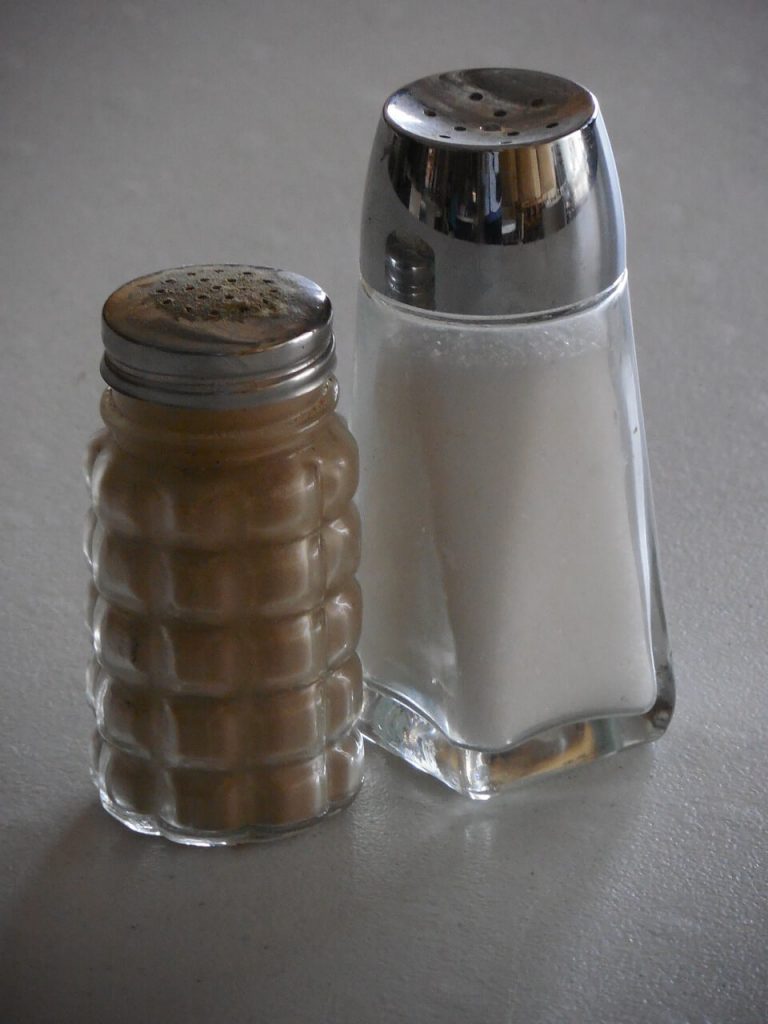
Fresh Herbs
Fresh herbs can be an excellent and natural substitute for Accent seasoning (MSG) in your dishes. They add fresh and aromatic flavors that can elevate the taste of your recipes.
Use fresh herbs like basil, parsley, cilantro, and chives, that can bring a burst of freshness to your dishes. They work well in salads, soups, and as garnishes.
Create herb-infused marinades by chopping fresh herbs and mixing them with olive oil, garlic, and lemon juice. Use these marinades for meats, seafood, or vegetables.
Or mix finely chopped fresh herbs into softened butter. You can use this herb butter to season a variety of dishes, from grilled steaks to roasted vegetables.
Fresh herbs can also be blended into sauces or vinaigrettes, such as pesto, chimichurri, or a classic basil tomato sauce. They all will add a vibrant and aromatic layer of flavor.
Just before serving, sprinkle freshly chopped herbs on your dishes. This not only adds flavor but also a pop of color and freshness.
Fresh herbs complement a range of proteins. For instance, dill and salmon are a classic combination, while mint and lamb work wonderfully together.
Herbs can also be used to create salsas, relishes, or chutneys. Combining herbs with other ingredients like tomatoes, onions, and citrus can result in a delightful accompaniment.
And always consider the cuisine of your dish. For Italian-inspired recipes, basil and oregano are ideal. For Asian dishes, cilantro and Thai basil can provide a unique twist.
Fresh herbs can be quite intense, so taste as you go and adjust the quantity to your preference. Some dishes may benefit from a gentle herb touch, while others can handle a more robust herb presence.
Using fresh herbs as a substitute for Accent seasoning allows you to create vibrant and flavorful dishes that are not only delicious but also visually appealing. They can all bring a natural, aromatic quality to your recipes that’s hard to beat.

Broth/Stock
Using broth or stock as a substitute for Accent seasoning (MSG) can add depth and richness to your dishes.
Broth or stock is a foundational ingredient in soups and stews. It serves as a flavorful liquid base and enhances the overall taste of your dish. Use vegetable, chicken, beef, or seafood broth based on your recipe.
When preparing grains like rice, quinoa, or couscous, replace some or all of the water with broth. It infuses the grains with a savory flavor.
After cooking meat or vegetables, use some broth to deglaze the pan. This process releases the flavorful bits stuck to the pan and creates a tasty sauce.
For braised dishes, like pot roasts or braised chicken, simmer the meat in broth for tender, juicy results.
Or when steaming or sautéing vegetables, adding a small amount of broth can help maintain moisture and introduce a savory element.
In order to make a creamy risotto using broth is essential. You should gradually add small amounts of broth while stirring the rice to achieve the desired texture and flavor.
Broth can also be used as a base for sauces. For example, a pan sauce for sautéed chicken can be made by adding broth to the pan drippings.
Remember broth can help adjust the consistency of your dishes. If you find a sauce or stew too thick, you can use broth to thin it out without compromising flavor.
Since broth or stock contains salt, it’s important to taste your dish as you go and adjust the seasoning. This helps ensure the right balance of flavors.
Using broth or stock as a substitute for Accent seasoning provides a natural and flavorful way to enhance the taste of your recipes.
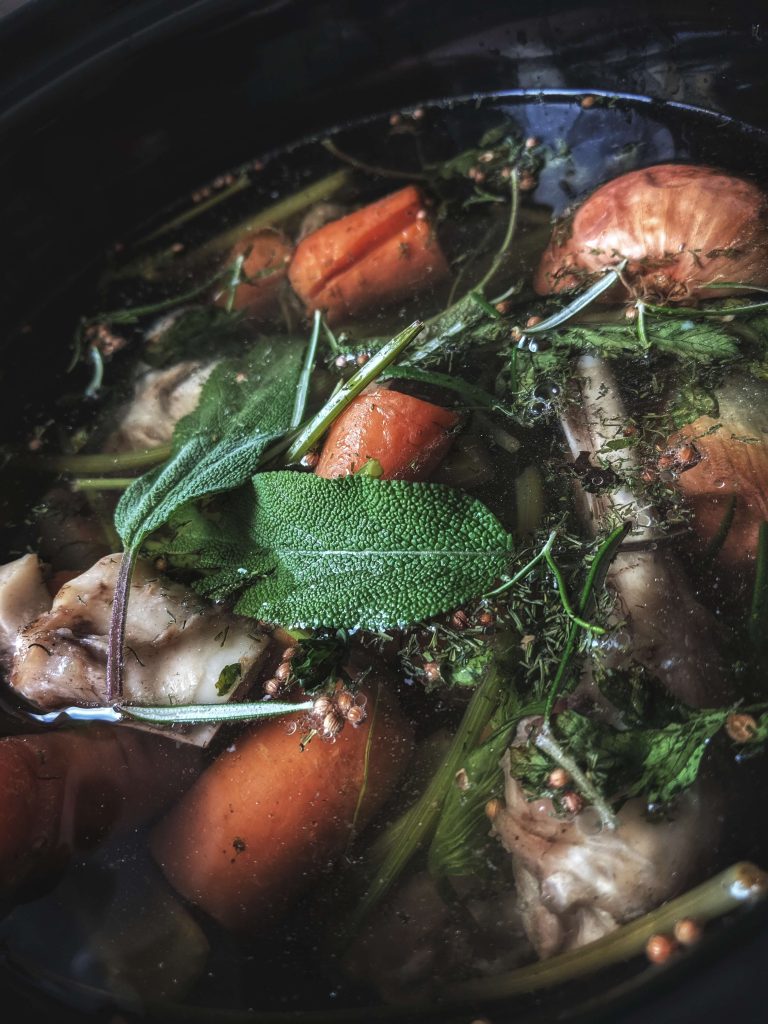
Summary for Accent Seasoning substitutes
Okay – that’s you all sorted with suitable substitutes for Accent seasoning.
Here’s a summary of how to use various ingredients as substitutes for Accent seasoning in your recipes:
- Soy Sauce: Use it for an umami kick in Asian-inspired dishes, but be cautious of its saltiness and adjust gradually.
- Mushrooms: Dried or fresh mushrooms add an earthy umami; use them in sauces, soups, and roasts.
- Nutritional Yeast: It provides a cheesy and nutty umami; sprinkle on dishes, use in vegan cheese sauces, or as a seasoning.
- Fish Sauce: Ideal for seafood and Asian dishes; add sparingly and taste as you go to control saltiness.
- Parmesan Cheese: Grated Parmesan enhances umami and a cheesy flavor; use it as a topping, in cream sauces, or in savory baking.
- Anchovy Paste: Adds strong umami; use in pasta sauces, salad dressings, and to season vegetables and meats.
- Spices: Umami-flavored spices like ground dried mushrooms, smoked paprika, and garlic powder can enhance your dishes.
- Salt: Use it to balance and bring out the flavors in your dishes, but start with a small amount and adjust gradually.
- Fresh Herbs: Add fresh herbs like basil, parsley, and cilantro for a burst of freshness in salads, marinades, and sauces.
- Broth/Stock: Essential for soups and stews; use it for cooking grains, deglazing pans, braising meats, and in sauces.
Experiment with these alternatives depending on the type of cuisine and the specific dish you’re preparing. Each of them brings a unique umami element to your recipes, allowing you to achieve that savory flavor without using Accent seasoning.
We have gathered together a lot more facts on ingredients such as herbs, spices, oils, nuts, etc. if you would like to learn some more.
Or if you need to swap out another ingredient have a look at our Substitutes section.

